I have the following circuit in an existing product, which has a microphone, power switch, LED indicator, and is powered by 2 AA batteries:

simulate this circuit – Schematic created using CircuitLab
The LED and power switch are nice features, and I'd like to keep them in circuit if possible, but if there's a much easier/cheaper/better way to accomplish my other requirements that involves sacrificing those parts, I'd consider it.
Concerns
When the switch is OFF, XLR1 is shorted to XLR2. Wouldn't this potentially damage a phantom power supply? If so, how can I prevent this damage? Move C1 to (A)?
Desired Features
Instead of needing to use 2 AA batteries to make this microphone functional, I'd like to power it using a 48V phantom power supply. I can source that power from XLR1-XLR2 (based on my understanding). Can I just switch out R1, R2, C1, and switch some wires around, or would it be more straightforward (read: cheap) to build a small separate circuit to drop the voltage from 48V to 3V, then insert it where the battery is?
Additional Needs
I need a balanced circuit, so that I can use wires of longer length to carry the signal. The fact that XLR3 is not connected in the circuit above tells me that I am working with an unbalanced signal at the moment. I think converting this to balanced will involve a transformer like so:

The red wires are there to bypass the electrical isolation, so I can use the phantom power. If somebody knows what kind of transformer to use for this, can you give me a part number?
Electrical Characteristics
- Capsule type: Condenser
- Frequency response: 100Hz-16kHz
- Output impedance: 200Ω
- Sensitivity: -43dB±2dB
- Polar pattern: Ultra-cardoid
- Reference sound-receiving distance: 40cm
- Power supply: DC3V
TL;DR
How can I (cheaply and efficiently) convert this unbalanced DC3V microphone into a balanced 48V phantom powered microphone, while preferably maintaining the functionality of the LED and the power switch?
I'm a newbie to EE, so any help or guidance is appreciated.